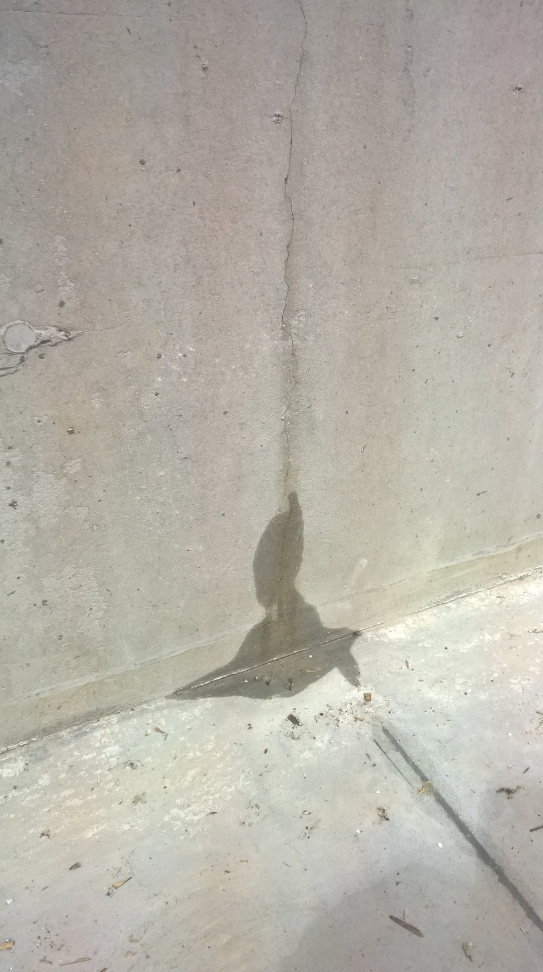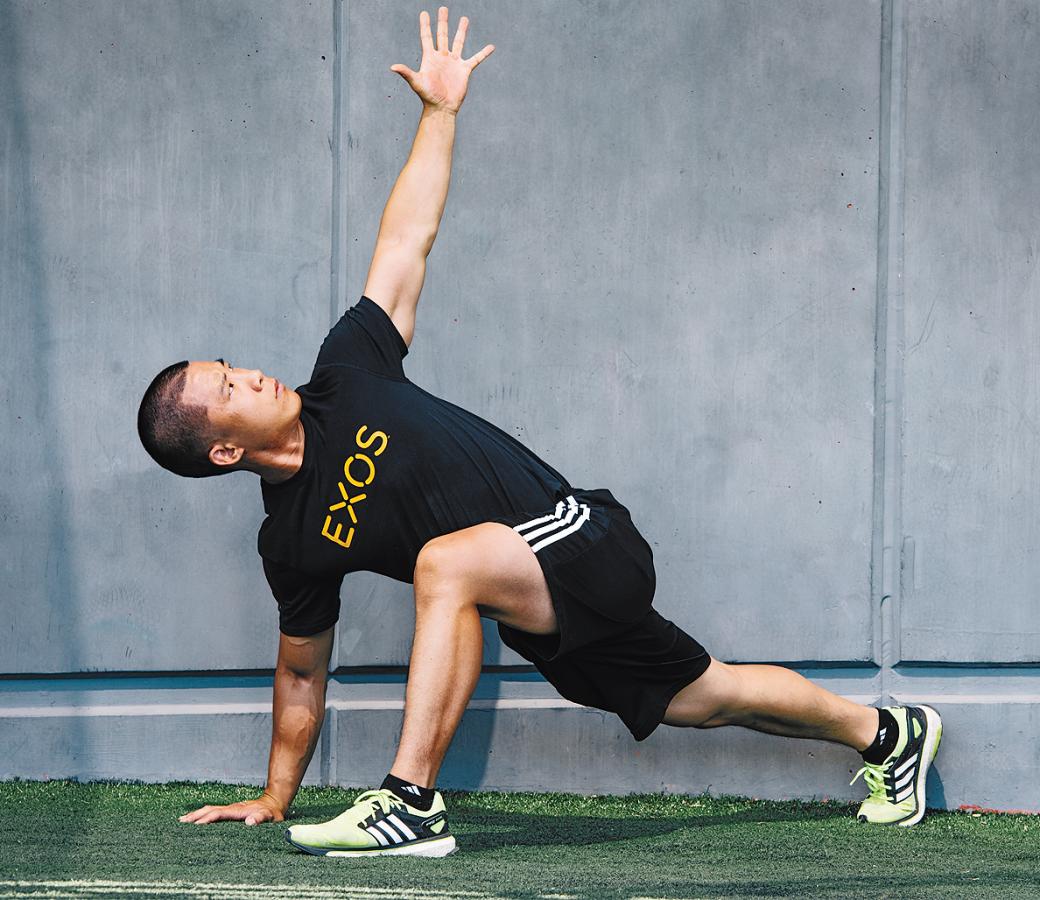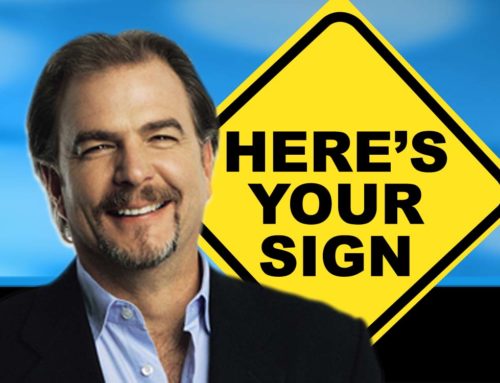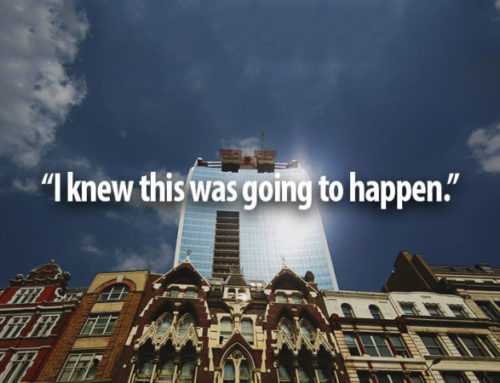A couple of months ago I wrote an article about concrete cracks in slabs and the point of the article was ‘timing” – you have to get your joints installed before the slab has made up its mind on where to crack. When a concrete wall is cast, it goes through the exact same shrinkage process, but most of the time the shrinkage of a wall can be even more extreme. After all, a concrete wall is obviously thicker than a typical 4” concrete slab and in the case of concrete walls, it is drying out (curing) on all sides versus slabs where almost all of the drying takes place on the exposed side of the slab. We do not score walls with a concrete saw because it would be challenging and, quite frankly, we might accidentally cut something important within the wall and nobody wants that. Instead we either let the wall randomly crack where it wants to or we install rustication strips to create natural “weak spots” within the wall to encourage cracks to happen where we want them. We also have to remember that a wall that is a mile long cannot be placed at one time so there are cold joints where movement can occur there as well.

Now let’s consider the nature of construction today where speed is king and how wall cracks play into this equation. The wall in the photo above is obviously a gravity style retaining wall that will have a slab cast in front of it. (Note the rebar for the slab is exactly where it should be – buried in the gravel) This could just as easily be a wall for a building where the structure is built into the hillside. In that case, the backside of this wall would receive a waterproofing membrane, insulation and perhaps a drainage plane down to a drain tile. The contractor, who is under the gun, will cast the wall at lightning speed, strip the forms and have the waterproofing subcontractor out there the very same week to install the fluid applied membrane so that they can get the other trades in there to finish it up. Next the building gets built and the keys are handed over to the owner and the contractor gets a call that the foundation wall has water seeping inside through a random shrinkage crack or a rustication joint. The photo below shows what this looks like at a random hairline shrinkage crack.

How could this be? There is waterproofing back there. So we have our typical meeting to address the issue with all the players in the same room. The concrete contractor says what every concrete contractor says – “concrete cracks”. Years ago, I knew a concrete contractor who had that as the ring tone on his cell phone and it was even in a parrot voice which made it twice as annoying. The waterproofing contractor says “I installed the waterproofing per the manufacturer’s specifications when I was directed to by the General Contractor and I have a manufacturer’s warranty on the installation.” Next the General Contractor says “Well there must be something wrong with the product because I was reading the data sheet for the spray-on, single component, cold applied, rubberized asphalt emulsion and it says it has elongation properties of 1250%. The tiny crack in the wall is barely a hairline crack. How can this product not elongate or stretch that short distance?”
This very scenario came across my desk and I sought out the answer. Ultimately, most of what I learned came from the Envelope Consultant in our office, Melissa Payne. She went into great detail about how the ASTM D412 elongation test for these types of coatings is a scientific test that really has no application to field conditions; it is just a way of comparing the properties of various products.
You can actually watch this test being performed on this video:
.
The reality is that if you want a product like waterproofing or caulking to stretch, you have to prepare it to stretch. What I am trying to convey here can be somewhat described in the perfect caulk joint image as seen below. The hourglass shape of the caulking is absolutely critical to the performance of the product and its ability to elongate when movement occurs. Obviously, when a fluid-applied membrane is installed and a crack forms, there is no hourglass shape – you just have a thin material getting thinner and it breaks.
By Travis Miller






